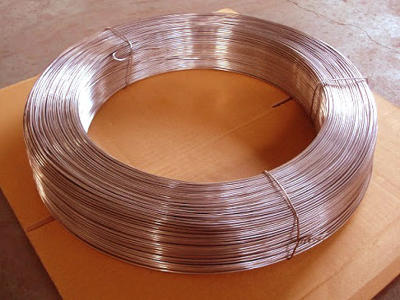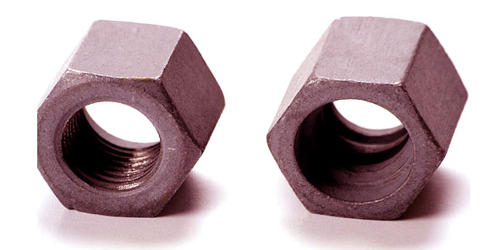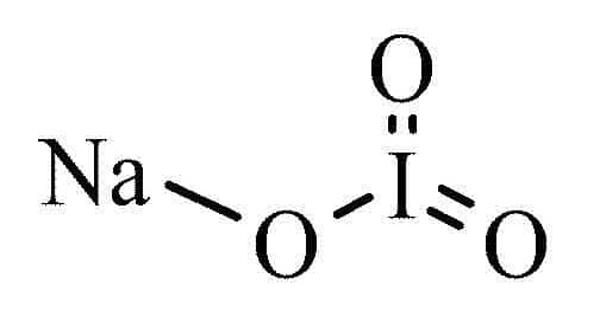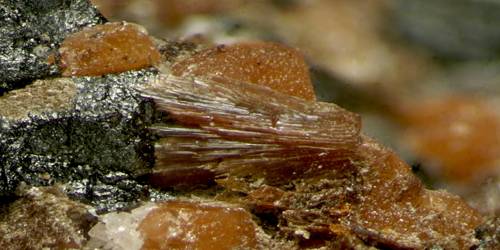Zinc aluminum (ZA) alloys are alloys with zinc as the base metal, with higher concentrations of aluminum when compared to traditional zinc alloys. These alloys are alloys whose main constituents are zinc and aluminium. Other metals that are present on these alloys are magnesium and copper. This type of alloy was originally developed for gravity casting. These alloys were first introduced for gravity casting but are now sought after materials for high-pressure, cold chamber die casting. Noranda, New Jersey Zinc Co. Ltd., St. Joe Mineral Co., and the International Lead Zinc Research Organization (ILZRO) were the main companies that pioneered the ZA alloys between the 1950s and the 1970s.
Zinc aluminum alloys are high-performance alloys that exhibit good strength, corrosion resistance, and hardness. They were designed to compete with bronze, cast iron, and aluminium using sand and permanent mold casting methods. Distinguishing features of ZA alloys include high as-cast strength, excellent bearing properties, as well as low energy requirements (for melting).
Properties
- Compound Formula: ZnAl
- Appearance: Metallic solid in various forms (plate, bar, sheet, strip, billet, wire, pipe, tube, ribbon, powder)
- Melting Point: 380 °C (720 °F)
- Boiling Point: N/A
- Density: 7.0 g/cm3
- Solubility in H2O: N/A
- Electrical Resistivity: -7 10x Ω-m
- Specific Heat: 420 J/kg-K
- Thermal Conductivity: 110 W/m-K
- Thermal Expansion: 27 µm/m-K
- Young’s Modulus: 98 GPa

Fig: Zinc-aluminium alloys plated ware
ZA alloys make good bearings because their final composition includes hard eutectic zinc-aluminum-copper particles embedded in a softer zinc-aluminum matrix. The hard particles provide a low-friction bearing surface, while the softer material wears back to provide space for lubricant to flow, similar to Babbitt metal. Some of the common zinc-aluminum alloys are ZA8, ZA12, and ZA27, where the number represents the concentration of aluminum. With zinc as the base metal, ZA-27 consists of 27 percent aluminum and 2.2 percent copper. These alloys are used in the following applications: Bearings, Die-casting, Thin-wall decorations, etc. Silver in color, this zinc aluminum combination is lightweight, dense, and is best suited for applications that require optimum strength.
Benefits
- High tensile & yield strength
- Corrosion resistance
- Non-sparking
- Hardness
- Good bearing and creep properties
- Lightweight
- Easy machinability
- Thermal conductivity
- Longer tool life
- Environmentally friendly, efficiently recyclable.
The numbers associated with the name represent the amount of aluminium in the alloy (i.e. ZA8 has 8% aluminium). It exhibits good strength, hardness, bearing, and creep properties.
















